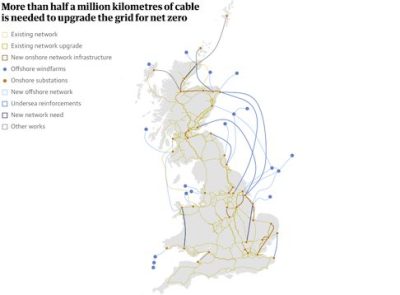
COP 28 BOSS DITCHES 1.5DEG TARGET
COP 28, lost whatever remained of its credibility today, after revelations this year’s Convenor of the annual Net Zero negotiations told his audience that the target of limiting global warming to a specific target of 1.5 degrees was “not justified by the science.”
This statement, delivered at a fringe meeting on November 11th, was quite a dramatic departure from the script, and will cause huge loss of confidence in all current climate goals and affect the preparations being made by government and corporates.
CoP President A Jaber, who is also head of the UAE state oil company, is emblematic of the way regular COP meetings have been transformed into a Woodstock for green energy capitalists in genera and the oil industry in particular. There are up to 30,000 lobbyists now attending the event, plus tens of thousands of journalists politicians and civil servants. All networking and talking up their own green initiatives, perspectives and plans.
It was Cop 26 that first turned the whole show into the Green Davos. Held in November 2021 under the patronage of the UK’s Boris Johnson, who wanted it to be the perfect meeting of minds between venture capitalists, government and lobbyists, it was the first time that the oil industry lobbyist outnumbered other corporates.
And Al Jaber is correct that Prof Nordhaus, who won the Nobel Prize in 2018 for assessing the costs and benefits of action on climate change, recently concluded that the optimum target for the world to aim for is not 1.5C above pre-industrial levels, but nearer to 3C, which means there may be scope to delay the net zero target beyond 2050.
Other leading scientists on the IPCC – the United Nations own panel of climate experts, agree that the impact of climate change on the economy: “will be small relative to the impacts of other drivers. Changes in population, age, income, technology, relative prices, lifestyle, regulation, governance, and many other aspects of socio-economic development will have an impact on the supply and demand of economic goods and services that is large relative to the impact of climate change.”
There is a now a hope among the fossil fuel lobby that it may be able to seize control of the agenda. Meanwhile John Kerry, the USA’s chief climate negotiator, commenting on Al Jaber’s statement, said he was not there and could not comment on the words used, but assured listeners that the final statement would settle doubts about the continued commitment of the COP process to end fossil fuels.
…











